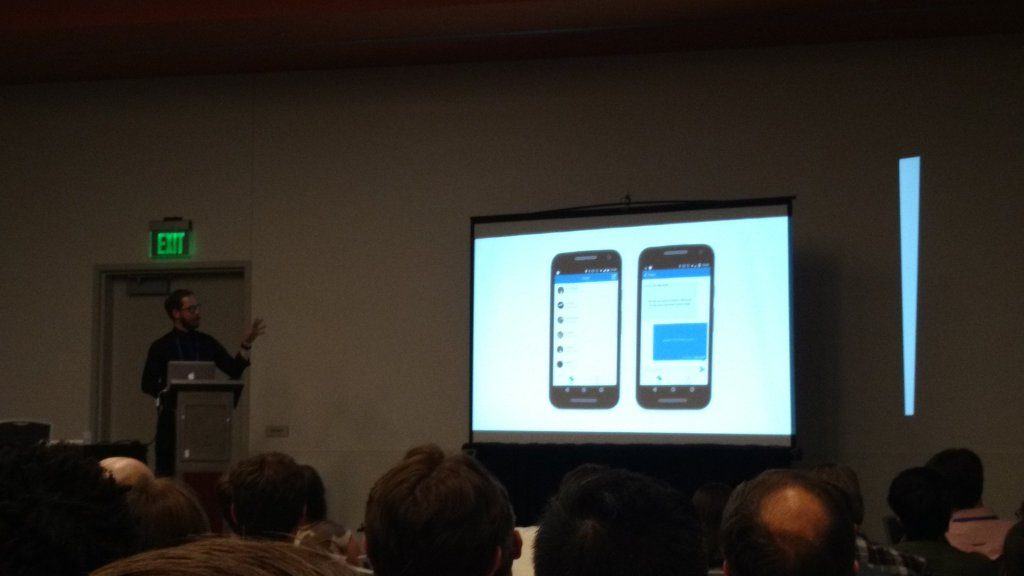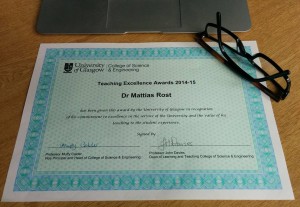One of my summer interns, Ivaylo Lafchiev, is working on an interesting project over the summer, looking at the effect delays might have on mobile phone use. He has developed an Android app that introduces a delay when the phone is unlocked. The effect is that the user will have to wait for a short while (seconds) before the phone becomes available to them. The idea is to vary the duration of the delay to see if we can notice any effects on the overall usage of the device (for instance is the amount of time spent on the phone altered).
The app is now ready to be used in an experiment. The app is available on the app store, and the hope is that the app will attract a few users who will keep it installed for at least a few weeks. This is extremely risky. Why would anyone keep an app that makes it harder to use the phone? The hope here is that people do want to become more conscious about their phone use, and therefore are willing to participate in this experiment. The question however then is in what way the data will be biased by participants already wanting to change their phone use? We are trying to mitigate this bias (and investigating it) by first setting the delay to a short time, and after some time, we'll change the duration of the delay remotely to see if we can stop a difference in phone behaviour. By comparing the use before and after the delay change, and by changing the delay differently for different users, we hope to gather evidence as to whether this will have an effect or not.
I've made two personal observations from having the app installed myself. First, each time I unlock the phone, it serves as a reminder that I'm now about to use my phone. This might seem like a weird thing as the fact that I'm using the phone should be a reminder itself. However, I tend to use the phone when ever I have nothing else todo: waiting for the subway or waiting in line at Starbucks for instance. With the delay, I'm reminded, and then given a short time to contemplate whether I actually want to use the phone or if I should just take a few seconds to do nothing. The longer the duration, the more annoying the app is, but it also makes me more aware of my phone use. When the duration is long enough (more than 3 seconds or so) I start to think before using my phone, even before I take it out of the pocket. All of a sudden I'm reminded that I will have to wait a few seconds before the phone becomes available, and I choose often not to subject myself to it because the thing I was supposed to do with the phone was pointless anyway.
I'm looking forward to see what happens with this experiment. Is anyone going to download the app and install it? Is anyone going to keep it installed for long enough for us to collect data on their behaviour? Only time will tell. But until then, I will be more conscious and mindful of my phone use – until Ivaylo makes the duration so long that I will uninstall the app and go back to mindlessly fill every void of my life with mobile phone use.
You can find more information about the project, and download the app, here.


